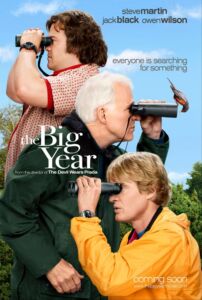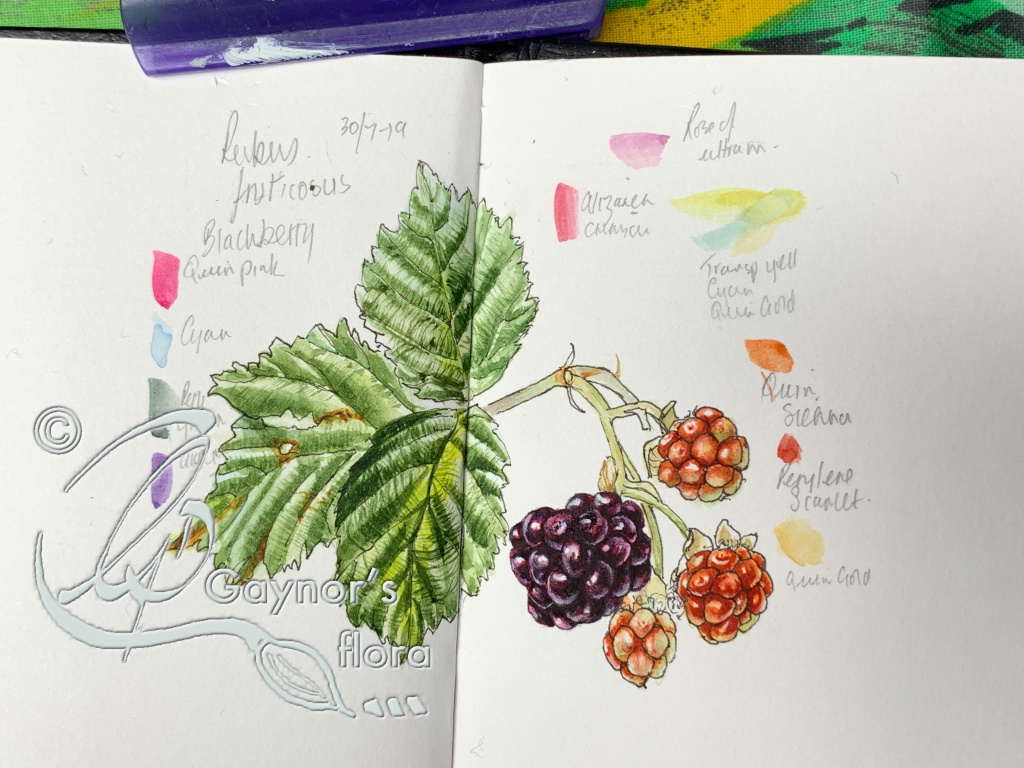April is Citizen Science month, a great time to get outdoors, have fun while helping out the scientific community at the same time. There are so many different subjects to focus on while looking for a citizen science opportunity. I wanted to wrap up the month by highlighting a few different citizen science initiatives. I was contemplating which one to spotlight first when the Audubon posted an article about H. Jon Benjamin’s renewed love of birding. Birding is one of the most renowned citizen science options. People have at least heard of birding, even if they haven’t heard of the term citizen science.

When birding made the big screen
While birding might be renowned, it can also be intimidating; there’s coloration – male and female, and can vary by season. You have to consider beak size and shape, song, and even habitat. This is hard to keep track of when they’re flying all over the place. My first birding adventure, I kept mistaking a chipmunk call for a bird. Don’t judge! Getting started might just be generating interest. Go out and take a walk, and try to observe local bird life in the process. Try to find identifying features, even if you don’t know what to do with the information. Listen to the sounds they make and notice the differences. The more you see of a specific species, the quicker it’ll return to your memory. Bring binoculars if you want, but using them properly to track birds can add an extra challenge.
The best tool for any skill level is the Merlin app by The Cornell Lab. When you see a bird, it can help you identify based on simple size and color observations paired with your location. It gives you a list of pictures to compare with your bird, and even some sound files of their songs. It tracks your life list so you can feel official. It can really build your birding confidence.
Birding can connect you to nature, which has rejuvenating and calming benefits. Tracking bird activity can provide an activity and connection for all generations. Documenting your findings on Merlin, eBird, or specific citizen science events can help scientists and naturalist track birding behaviors, territories, and migrating schedules. My boys and I found a blue tree sparrow nesting in a metal fence pole. Tree sparrows are common for our area, but this nesting behavior was not. We let a local naturalist know, who was very interested and informed their sparrow monitor as well.
Anyone can go outside, take a walk, and track their bird findings. If you’re looking for more motivation, you can participate in birding events happening year round. You can attend a birding festival, or participate in a scheduled yearly event:
Great Backyard Bird Count
Global Big Day
World Migratory Bird Day
Christmas Bird Count
and more!
Incorporating birding into educational programming is easy! Birding is a great way to get kids observing colors and shapes, and comparing sizes. You can curate a circulating birding kit with a guide and binoculars to inspire young birders. Birding can even be used as something to occupy some waiting and restless kids. Birding has many benefits, and can open the door to more citizen science initiatives. The best thing of all – it’s free! Happy birding!




If you’d like to learn more about birds, including how to recognize the different species by their songs, check out Bird Academy (https://academy.allaboutbirds.org/learning-games/). It is also a part of Cornell University. There are all kinds of fun games about birds, including one where you get to follow the evolution of flight, from the dinosaurs to the songbirds in your yard. (Shhh. Don’t tell anyone, but I drowned in the swamp several times before I got past the crocodile.)
The university also offers online courses for kids and adults. I watch for the occasional sale.
This is a wonderful resource! Thanks for sharing!